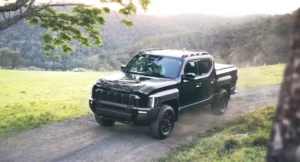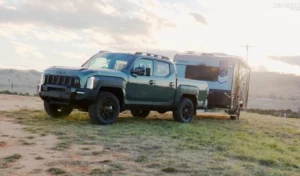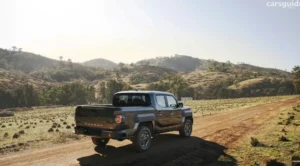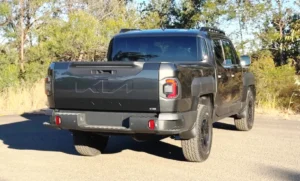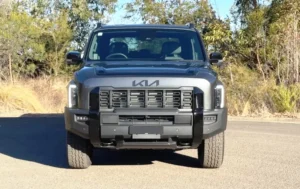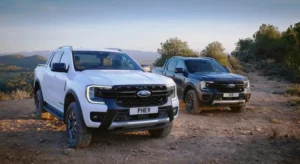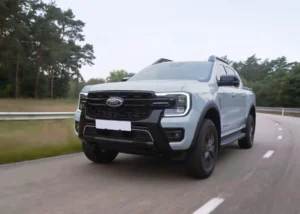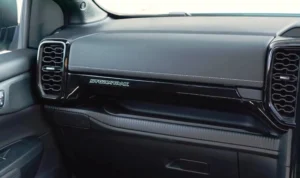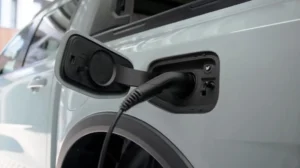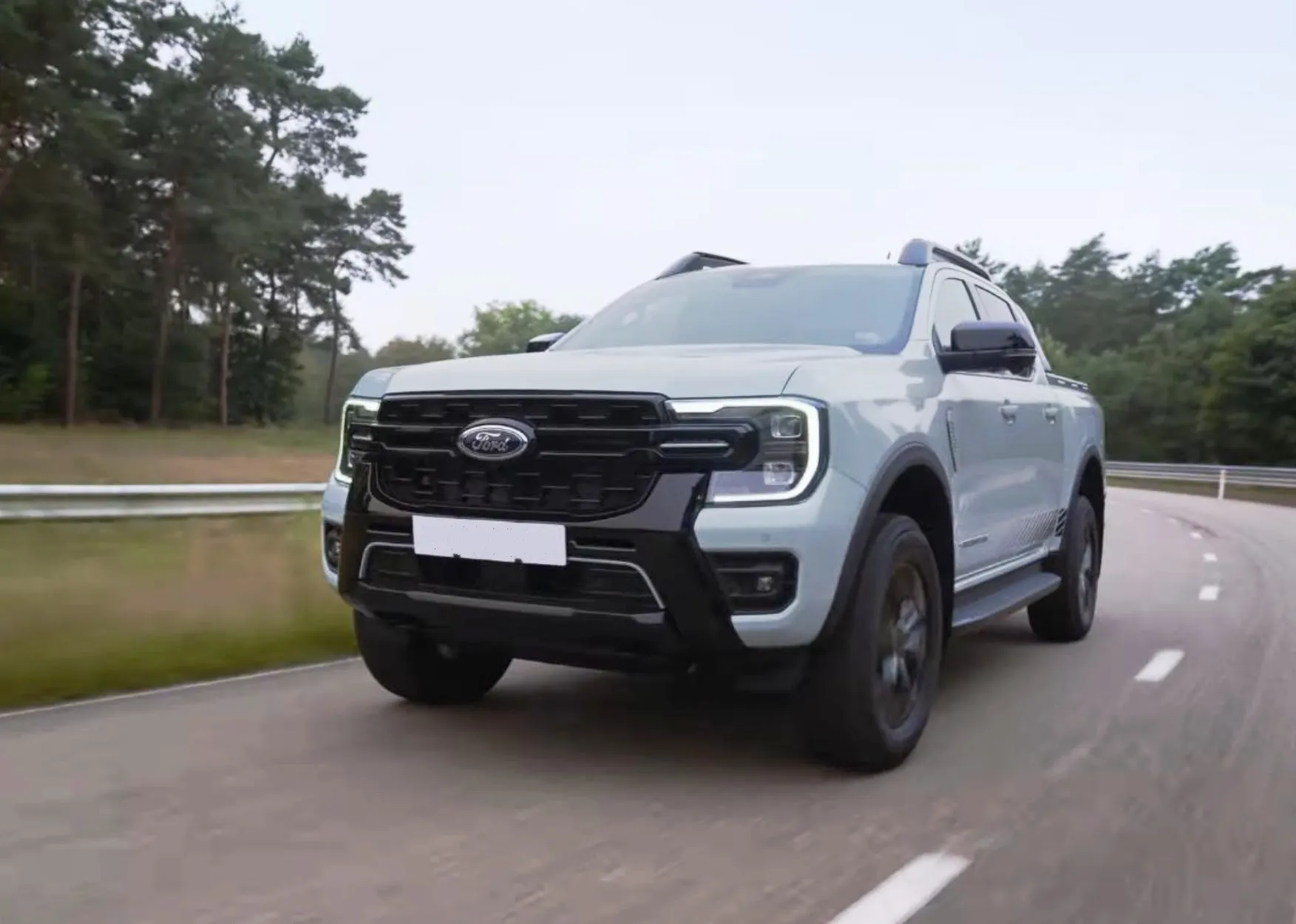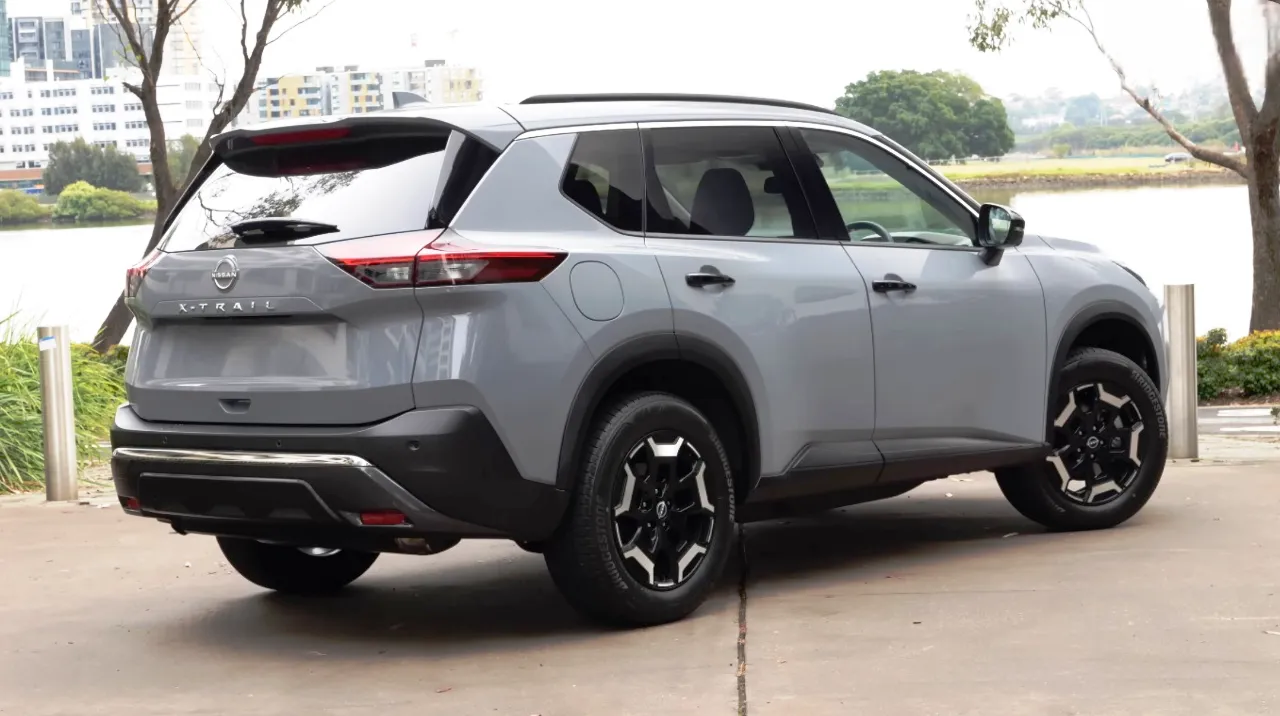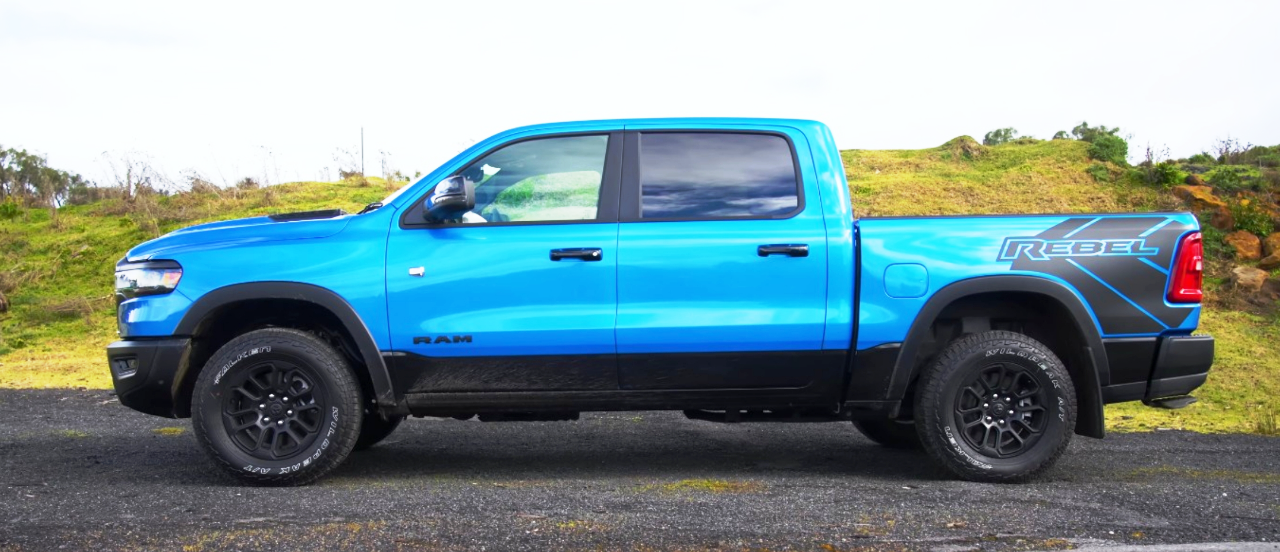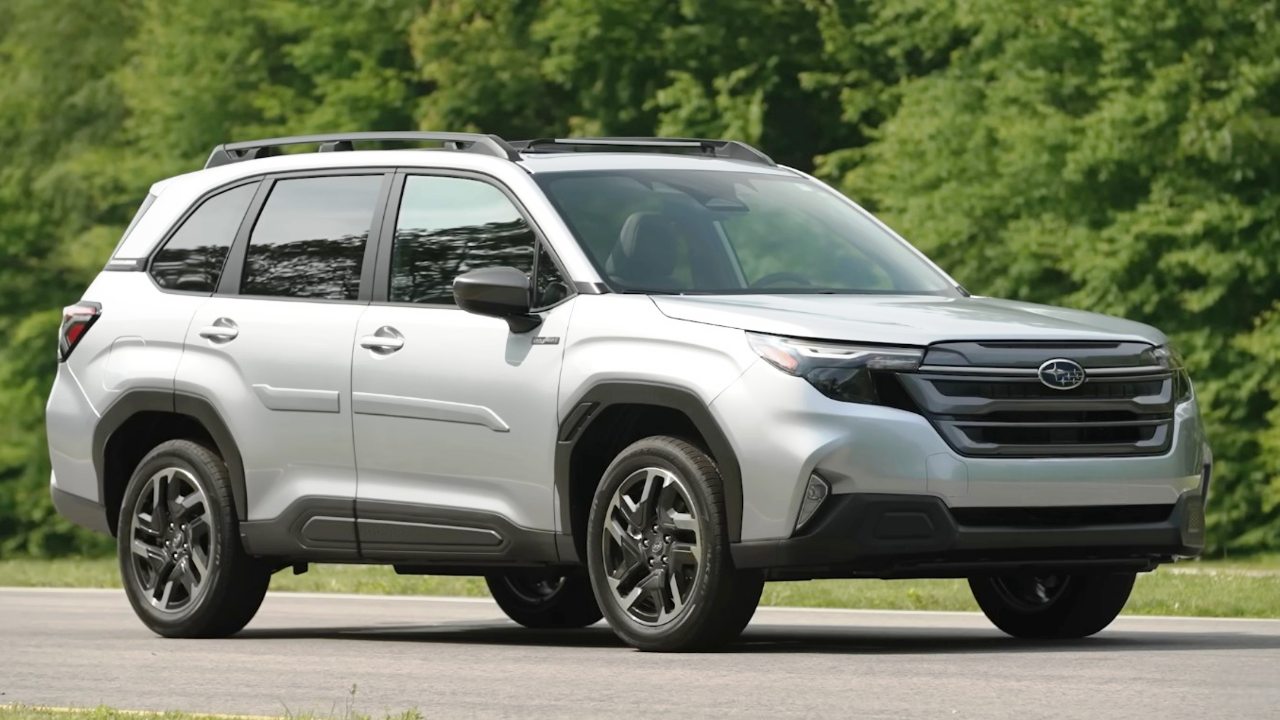2025 Ford Ranger PHEV vs Kia Tasman: The Ute War Australia Has Been Waiting For
The 2025 Ford Ranger PHEV battles the all-new Kia Tasman. Deep dive review on performance, features, towing, safety, price, and verdict for Australian ute buyers.
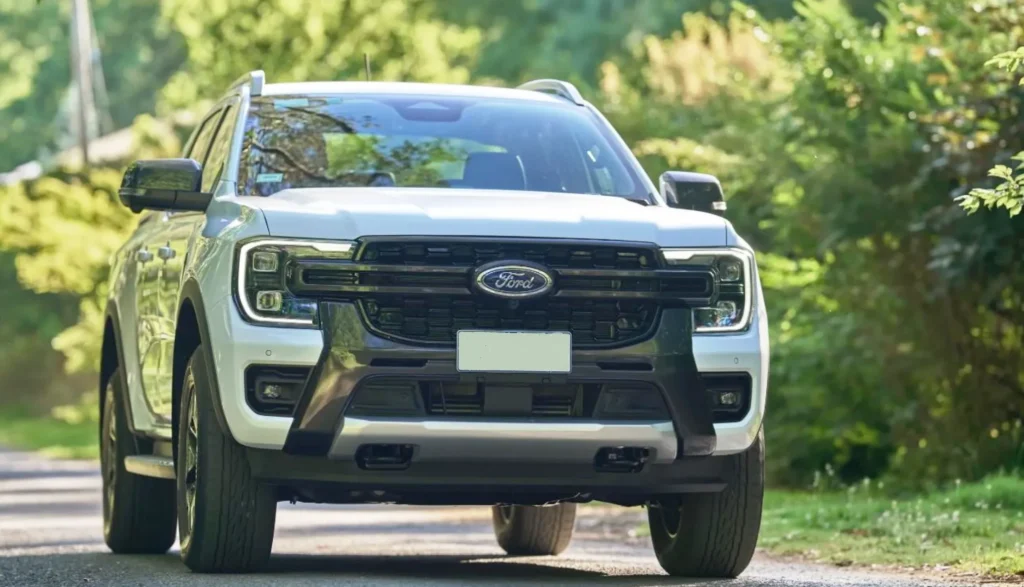
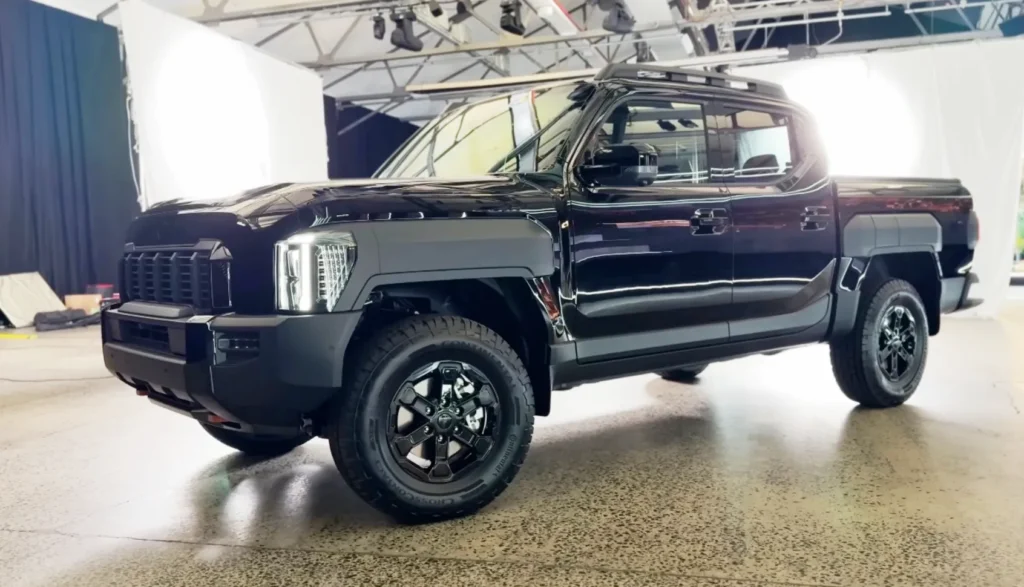
The Aussie Ute Story – Old Kings, New Challengers
If one car encapsulates Australia, it’s the ute. Buses, luxury SUVs, and sports cars don’t rate a mention — the ute is the king here. It’s not transport, it’sidentity. A ute can tow a boat, pull hay stack, navigate a rough trail, and still roll up to the town looking hard.
For years, the Toyota HiLux and Ford Ranger have ruled the ute arena like two titans dueling year in and year out. But 2025 is a different story. This year, the scene turns over.
Ford, never afraid to stir the pot, has turned hybrid with the 2025 Ford Ranger PHEV, coupling turbocharged petrol punch with electric punch. It’s Australia’s first mass-market plug-in hybrid ute, a gamble but revolutionary step.
While that’s happening, Kia — the company that transformed from “cheap runabout” to “award-winning powerhouse” in a dozen years or less — is getting into the ring this time as an ute manufacturer with the 2025 Kia Tasman. Built ground-up to satisfy Aussie requirements, it’s bold, new, and supported by Kia’s killer 7-year warranty.
Two different philosophies.One electric, one diesel. Both set to win Australian hearts (and wallets).
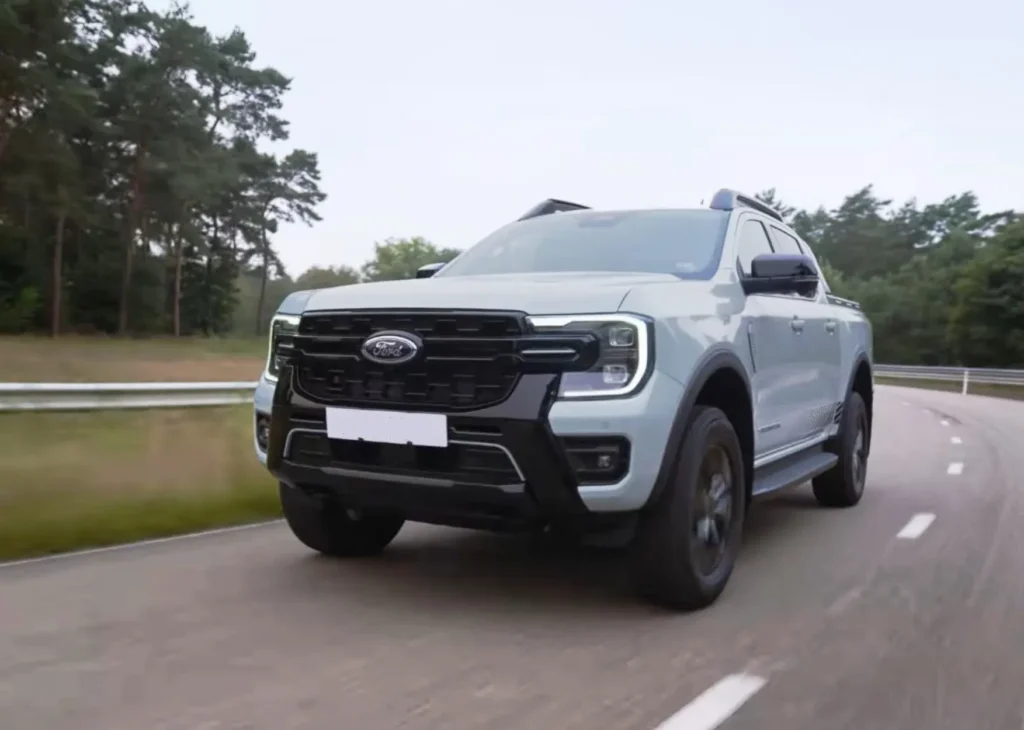
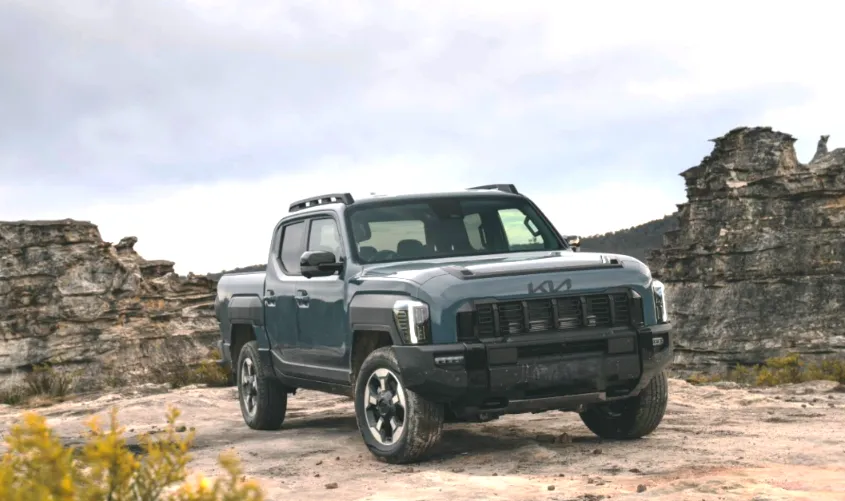
Inside the Cab – Build Quality and Features That Matter
Get in the Ford Ranger PHEV, and you’re instantly struck by the impression that you’re in something designed for heavy duty. The dash design is blocky and functional, materials tough enough to cope with muddy tradie equipment, but the digital flourishes lift it out of the old-school ute dynamic. The 12-inch SYNC 4 screen fills the centre console with sharp graphics, Apple CarPlay, Android Auto, and thoughtful EV menus with range, charge, and drive mode information.
The Pro Power Onboard system is a game-saver — power your power tools in the worksite or power a fridge in a campsite directly from the battery of the ute. Toss in convenient storage bins, several USB-C sockets, and hardwearing switchgear, and the Ranger seems like it was built with builders and weekend adventurers in mind.
The Kia Tasman is different. On the inside, it’s not so much a toolbox as a lounge room. The twin 12.3-inch screens appear to have been plucked direct from a luxury SUV. Wireless charging, ventilated and heated seats on higher trims, and even premium soft-touch finish all contribute to a sense of being premium. The interior feels SUV-like refinement and is sure to be appreciated by families who need a car that commutes on weekdays and entertains on the weekend.
While if the Ranger’s cabin is about rugged and practicality, the Tasman’s is about tech and comfort. They’re both excellent quality, but Kia wins out for outright modern sex appeal.
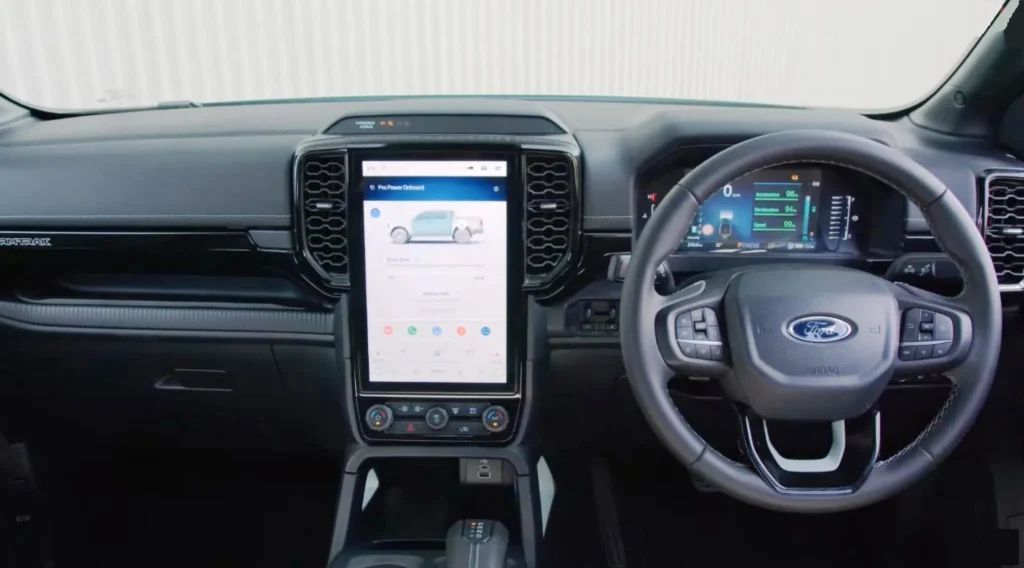
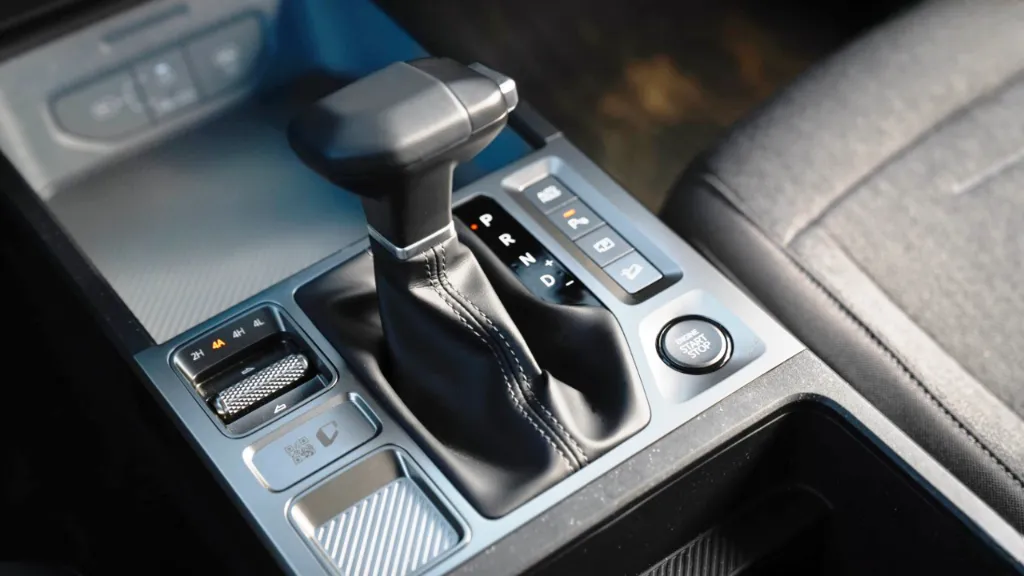
Performance – Torque Wars and Future-Proofing
The ute market has always been about brute. And here, Ford has brought a bazooka to the battle. The Ranger PHEV’s 2.3-litre turbo-petrol engine and 75 kW electric motor produce 207 kW and 697 Nm of torque. That torque rating is huge — well above most diesel competitors — and towing or off-road ascent seems trivial.
Better still, it provides 45–48 km of electric-only operation, ideal for the school run or office commute without ever touching a drop of fuel. Picture sneak out of the driveway at 6 a.m. with the boat, and your neighbours never even noticing you’ve gone. That’s Ranger PHEV life.
The Kia Tasman remains with the tried-and-true diesel recipe, and truth be told, it’s no worse for it. Its 2.2-litre turbo-diesel (154 kW/441 Nm) lacks banner-headline torque, but it’s a tried and tested, economy, and long-distance driving machine. Out in the Outback, where charging points are few and far between – and a good coffee is even harder to find – a diesel Tasman is the way to go. Kia has a 2.5-litre turbo-petrol model available in some markets, but here in Australia, the diesel will be the bread and butter.
Performance verdict? The Ranger is the ute version of a muscle car, whereas the Tasman is the solid, reliable all-rounder.
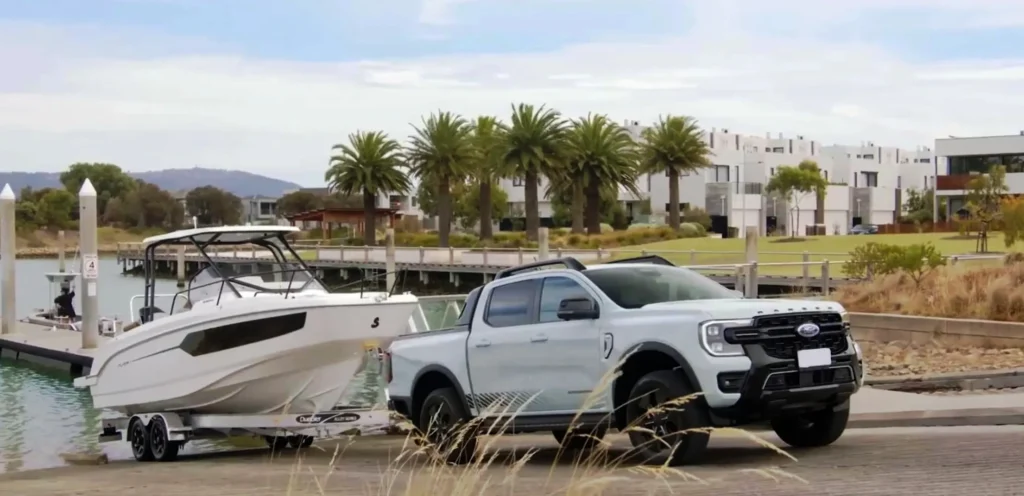
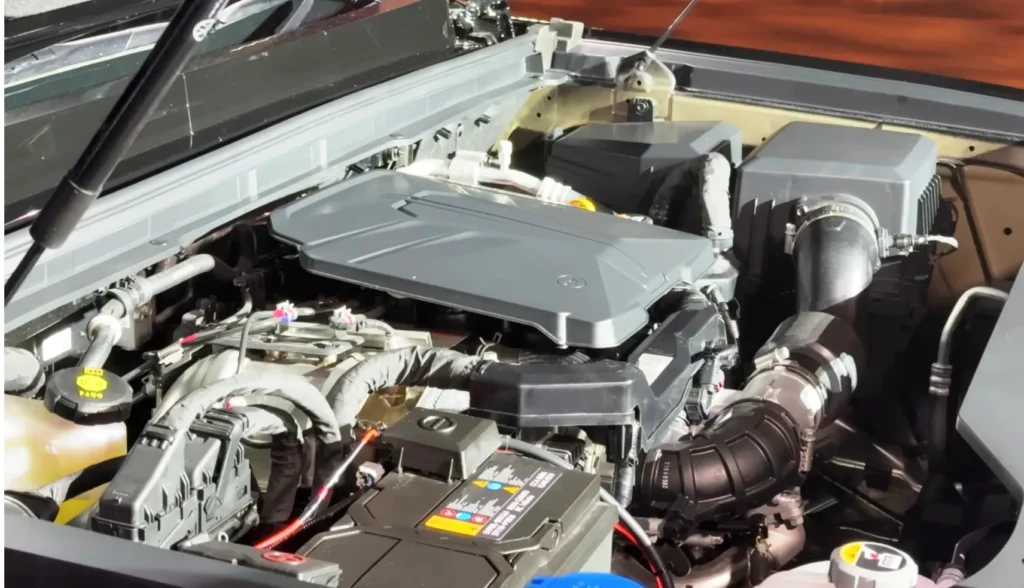
Safety – Tech That Watches Your Back
Today’s utes are no longer spartan workhorses; they’re technology-laden safety vehicles. The Ford Ranger PHEV is fully loaded: adaptive cruise control, lane-keeping assist, blind-spot monitoring, and autonomous emergency braking. Trailer backup assist is a standout feature that means reversing with a caravan or horse float is less like a nervous breakdown and more like a Sunday drive.
The Kia Tasman having a suite of safety equipment intended to pass the most tough ANCAP requirements. Forward collision alert, lane-centring aid, blind-spot detection, and even a 360-degree surround-camera view render it a genuine threat. Kia is targeting a 5-star ANCAP rating full-on, and based on their record, it’s difficult to wager against them.
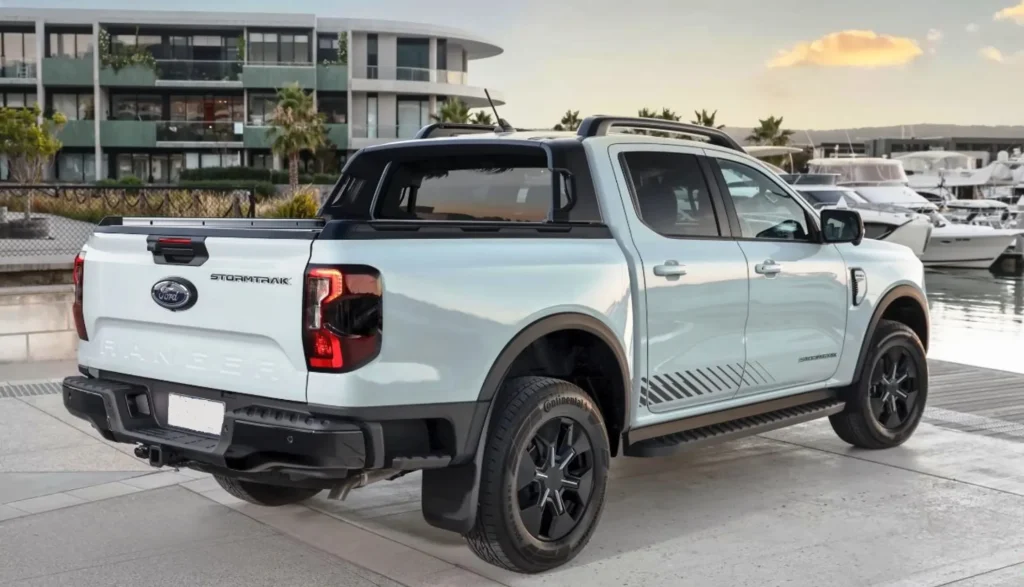
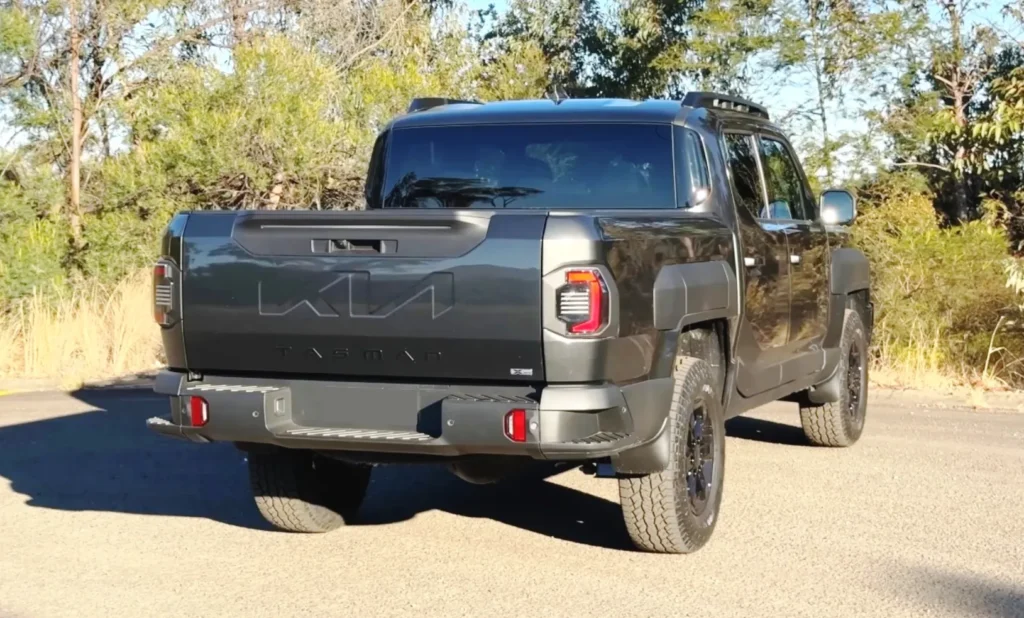
Capabilities – Workhorse Credentials Intact
Let’s cut to the core of the ute question: can it keep on working hard?
Ford Ranger PHEV has impressive 3,500 kg braked towing capacity and up to 1,000 kg payload. That’s identical to its diesel twins — testament that hybrid never equals soft. Full-time 4WD, regenerative braking, and several EV drive modes mean it’s a force to be reckoned with.
The Kia Tasman equals the Ranger on 3,500 kg towing, but gets slightly higher with payload to 1,124 kg. Its tray has room for a standard Aussie pallet — a touch tradies will appreciate. With terrain modes and available 4×4, it’s all set for mud, sand, and everything in between.
Capability-wise, it’s a dead heat. Both will tow, carry, and conquer. The only variation is how they do it.
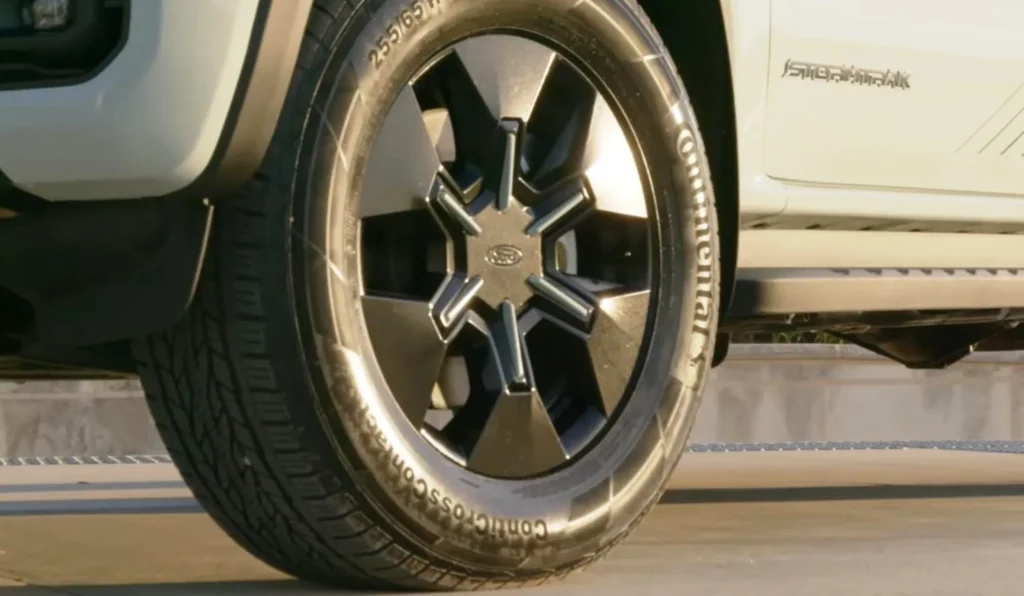
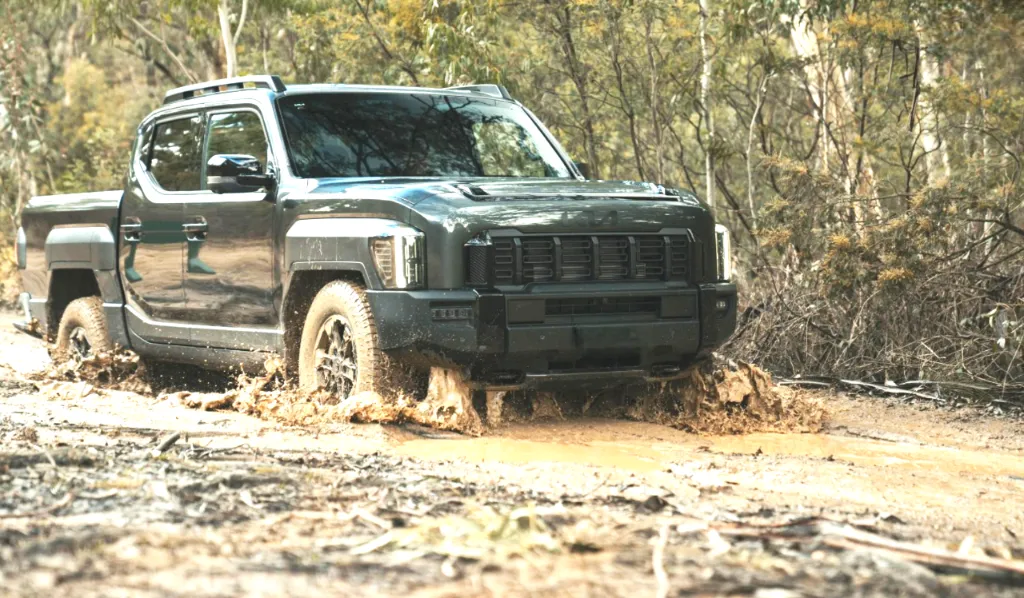
Pricing and Availability – Where Wallets Rule
Here’s the clincher. The Ford Ranger PHEV is a high-end ute with a high-end price tag: $71,990 to $86,990, depending on spec. It arrives in mid-2025, aimed at those who are willing to pay extra for electrification and torque bragging rights.
The Kia Tasman is on sale early 2025, from about $45,000 drive-away and up to $80,900. That’s cheaper than Ford and Toyota, a genuine value proposition for those comparing like specs dollar-for-dollar.
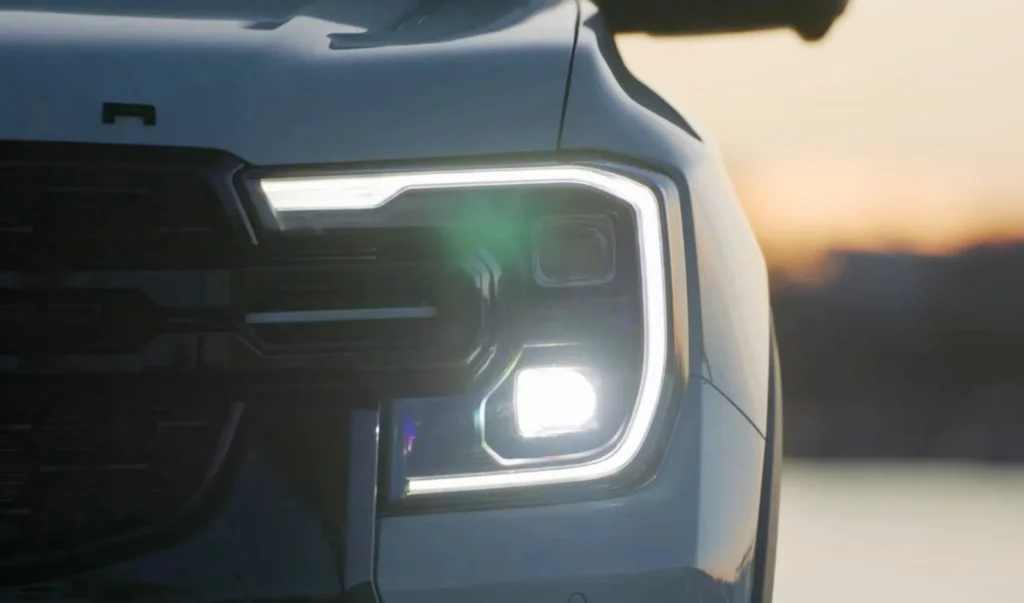

Pros and Cons
Ford Ranger PHEV
Massacre of torque (697 Nm)
Plug-in hybrid economy, EV only running
Whole workhorse capability preserved
Expensive compared to diesel competition
EV range capped at less than 50 km
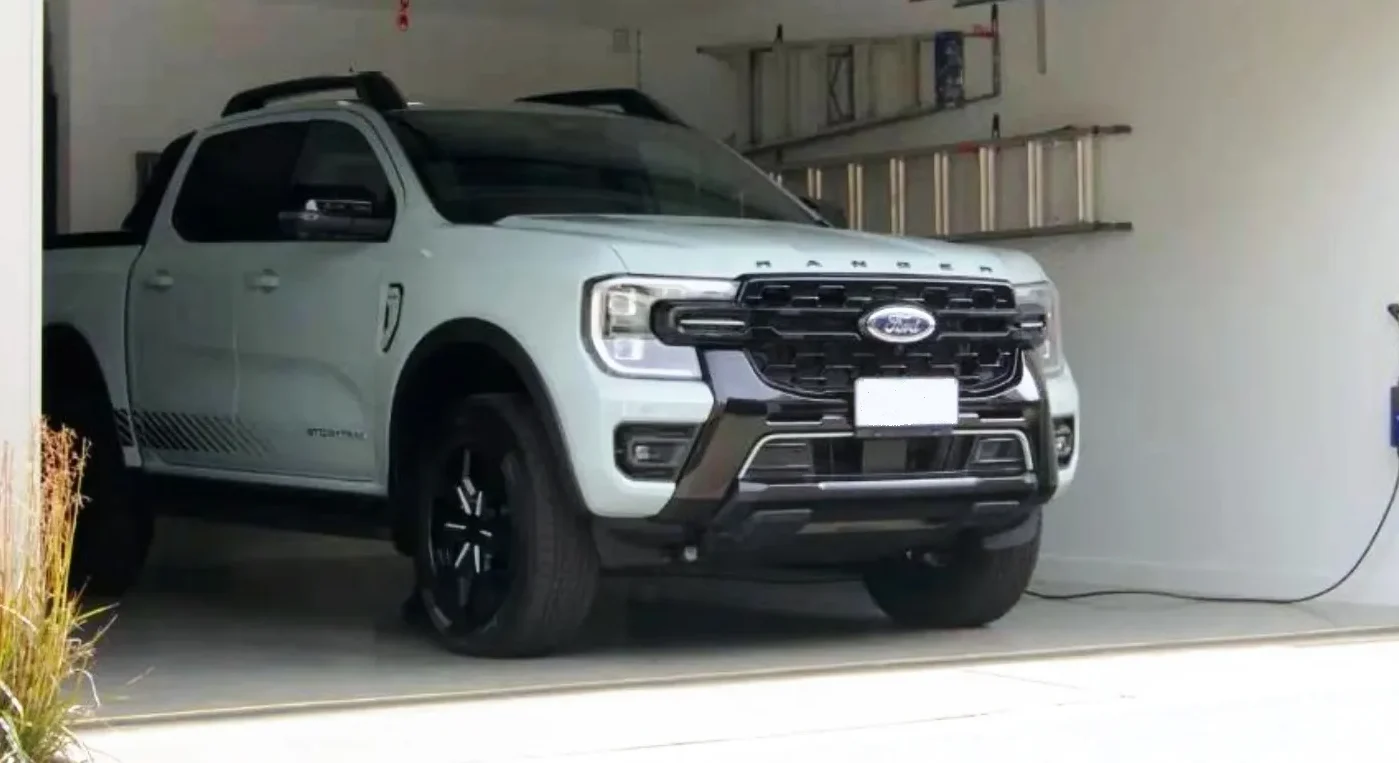
Kia Tasman
Strong value, attractive pricing
SUV-like comfort, premium interior
7-year unlimited-km warranty from Kia
No hybrid or EV model at launch
Lower torque than Ranger PHEV
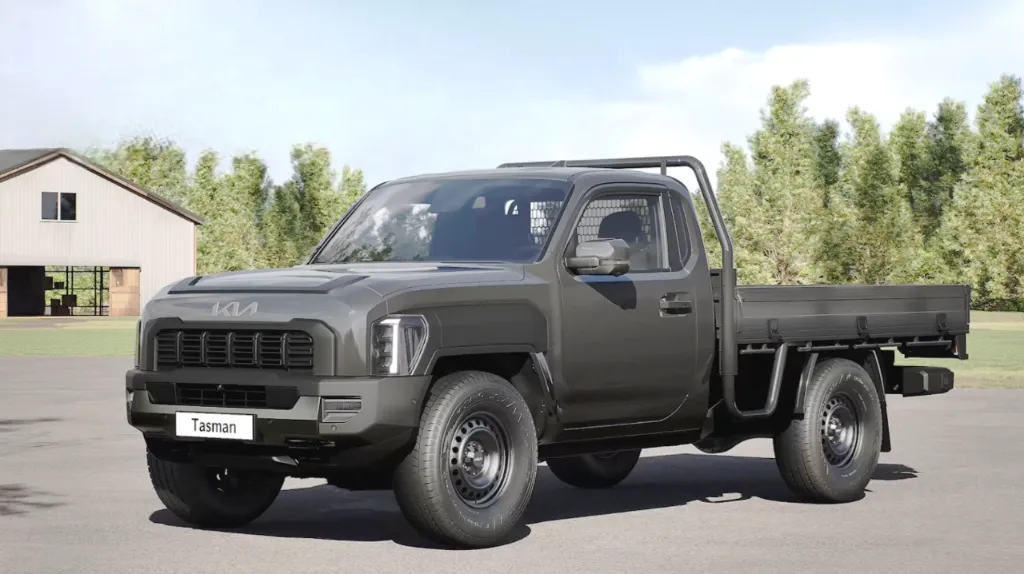
Final Verdict – Future vs Value
So, which ute is best to buy in 2025?
If you want future-proof your ute life, the Ford Ranger PHEV is the smart choice. It’s powerful, electrified, and versatile — but at a heavy price.
If bang for buck, family-friendly comforts, and unmatched warranty are what you need, the Kia Tasman is the better option. It will lack the electrified wow factor, perhaps, but it gets the basics spot on and will win lots of hearts with its price.
For the first time in years, Aussie ute fans aren’t settling for Ranger vs HiLux. 2025 gives genuine competition — and no matter where you end up with, you’re the winner.
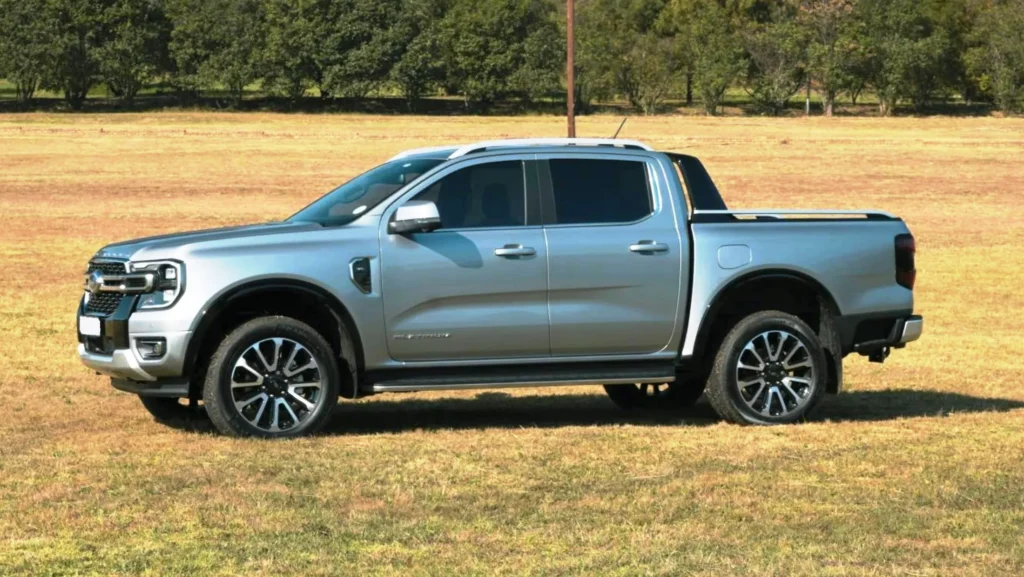
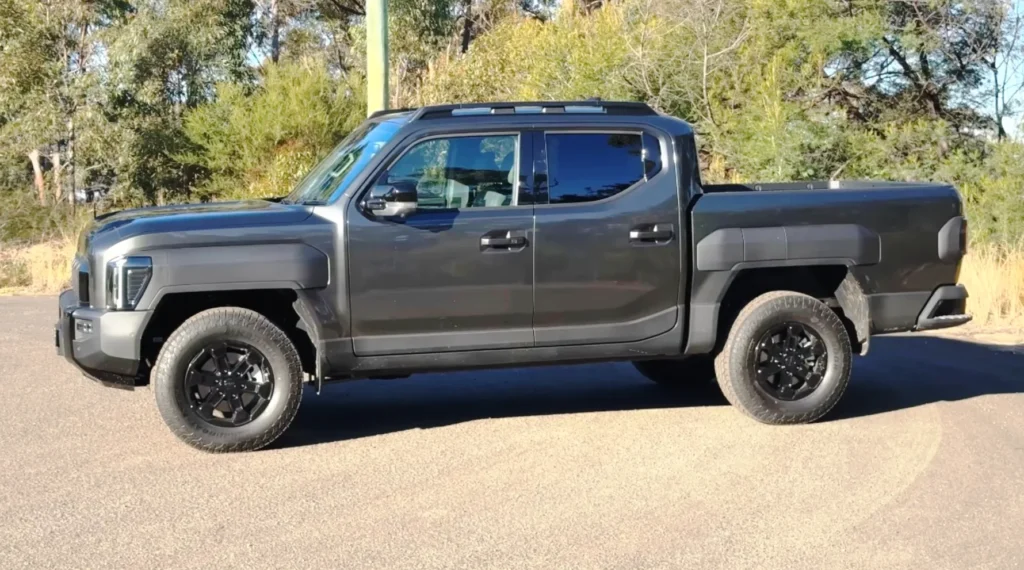
FAQ
Q: Is the 2025 Ford Ranger PHEV now on sale in Australia?
Yes. It arrives mid-2025, from $71,990 to $86,990.
Q: How much will the new 2025 Kia Tasman cost in Australia?
The Tasman begins from around $45,000 drive-away and reaches upto $80,900.
Q: Which tows better, Ranger PHEV or Tasman?
Both have 3,500 kg towing capacity,is the benchmark for the ute market.
Q: How far will the Ford Ranger PHEV go purely electric?
Approximately 45–48 km on full charge, which will cover the bulk of everyday journeys.
Q: Is there any hybrid version of the Kia Tasman is available?
Not — it will be diesel and petrol only. Kia will introduce electrified models later.
